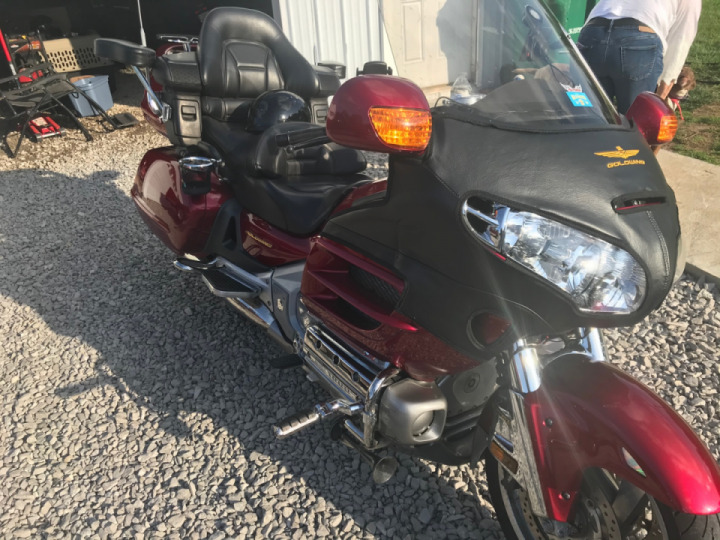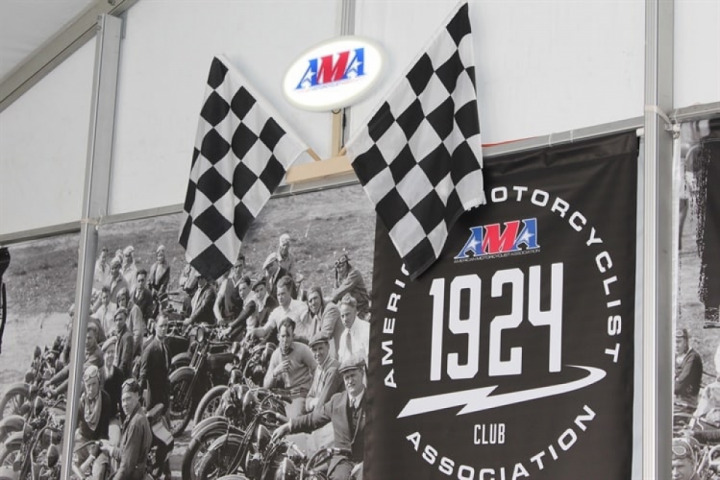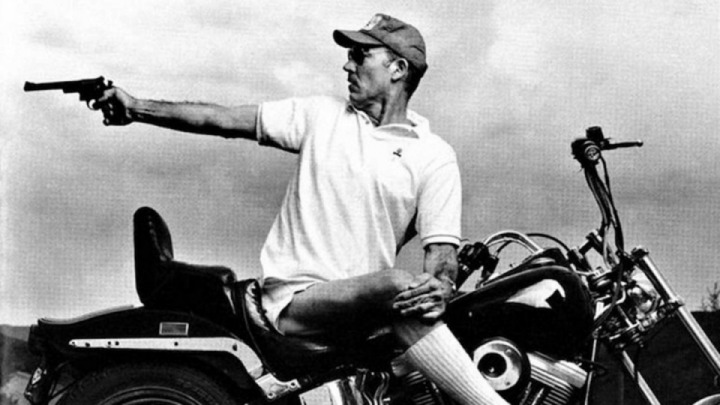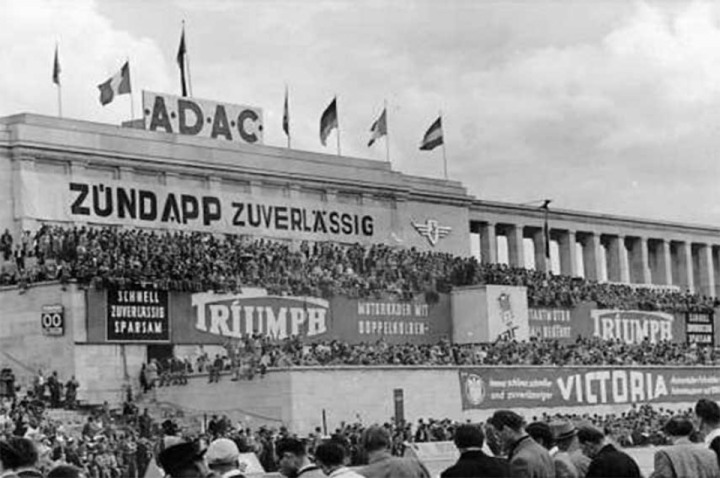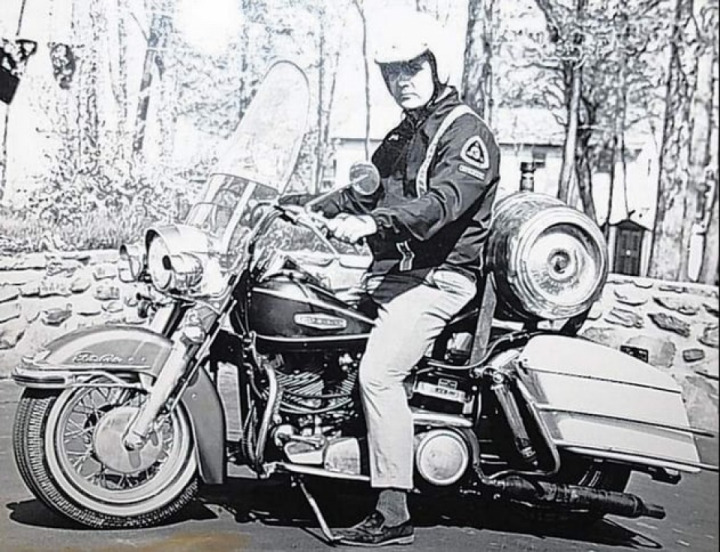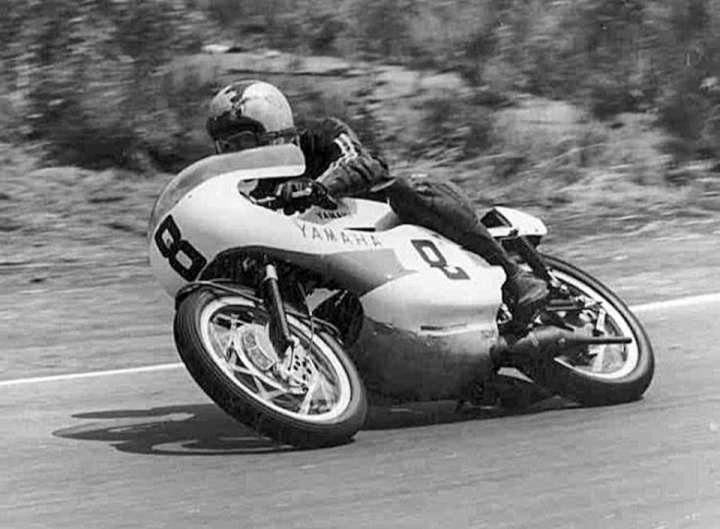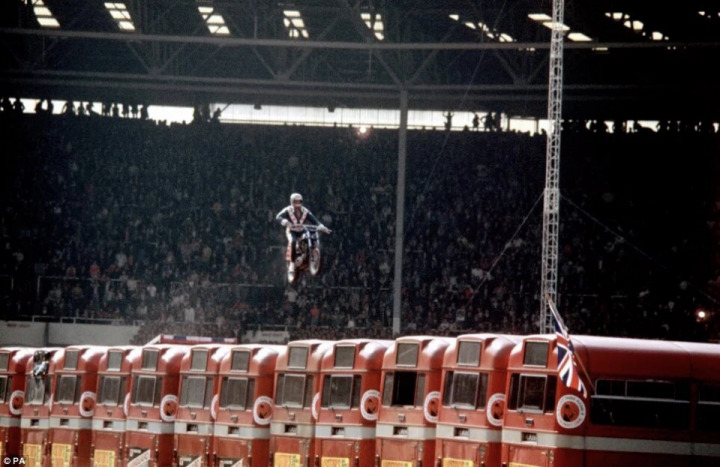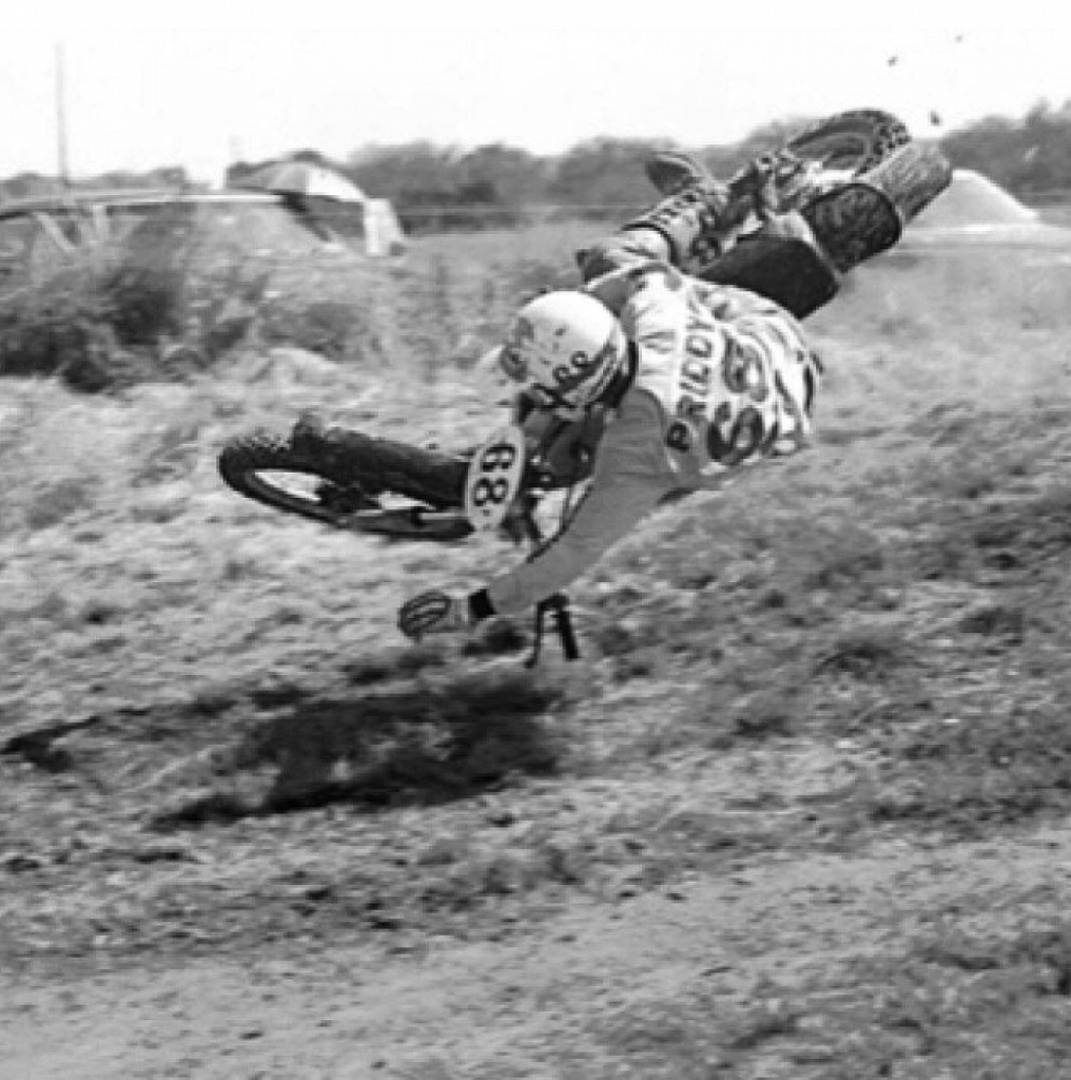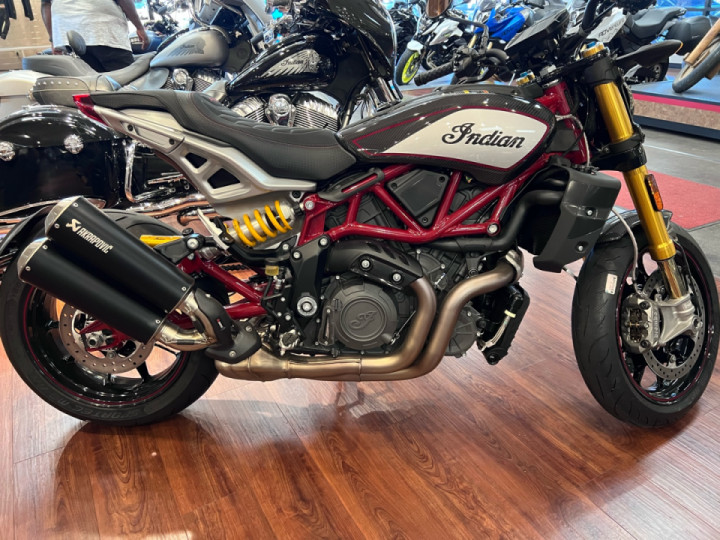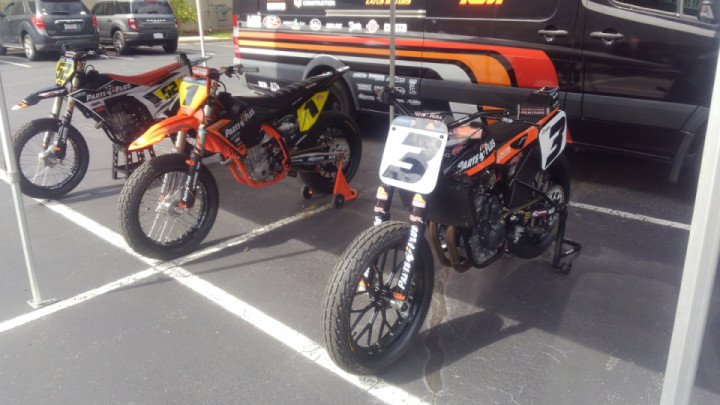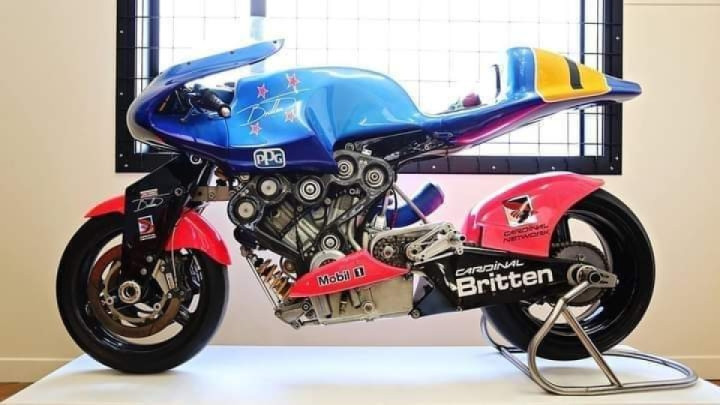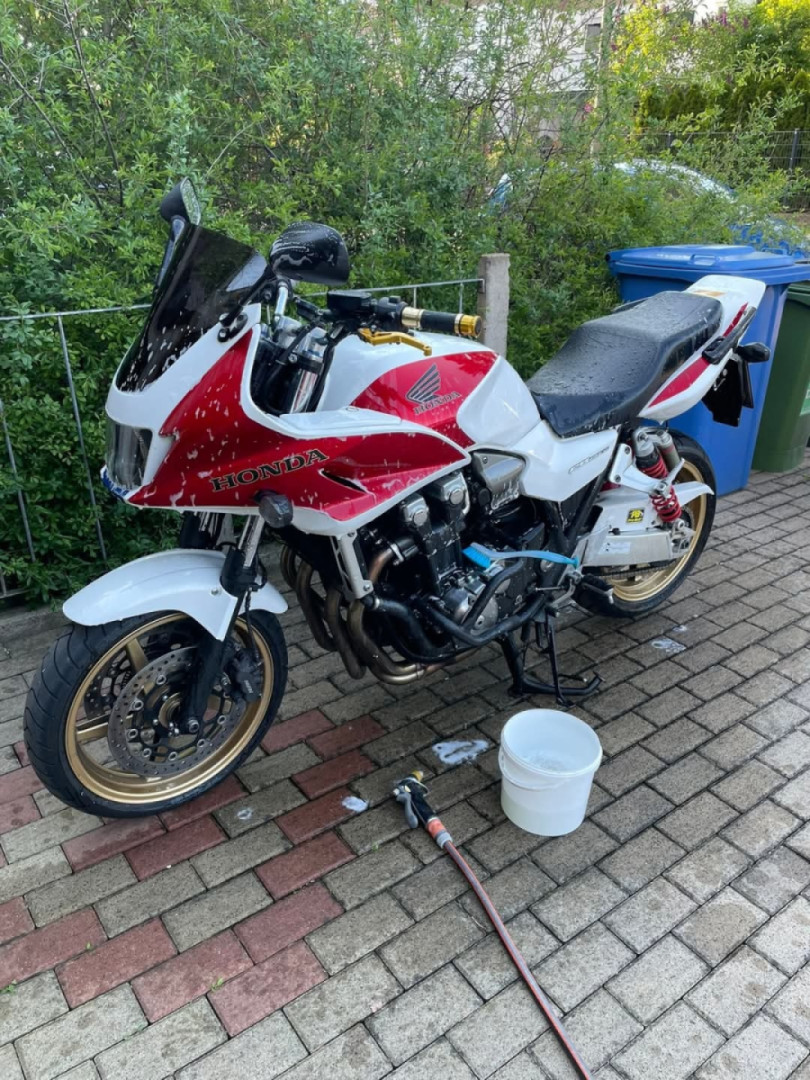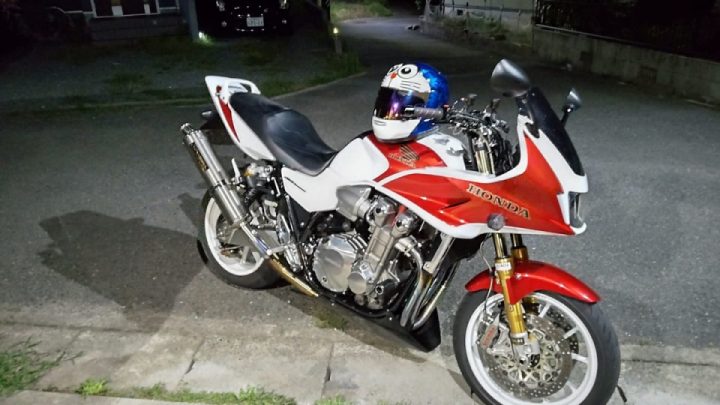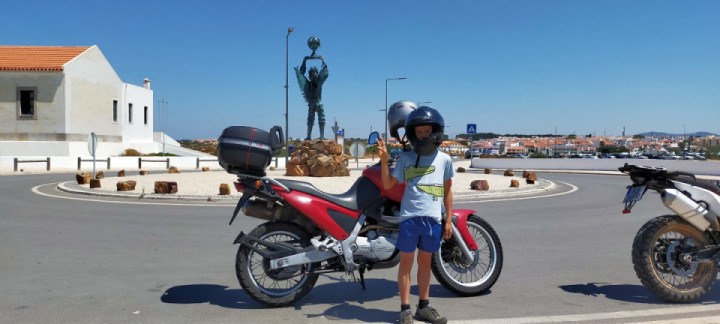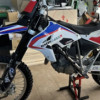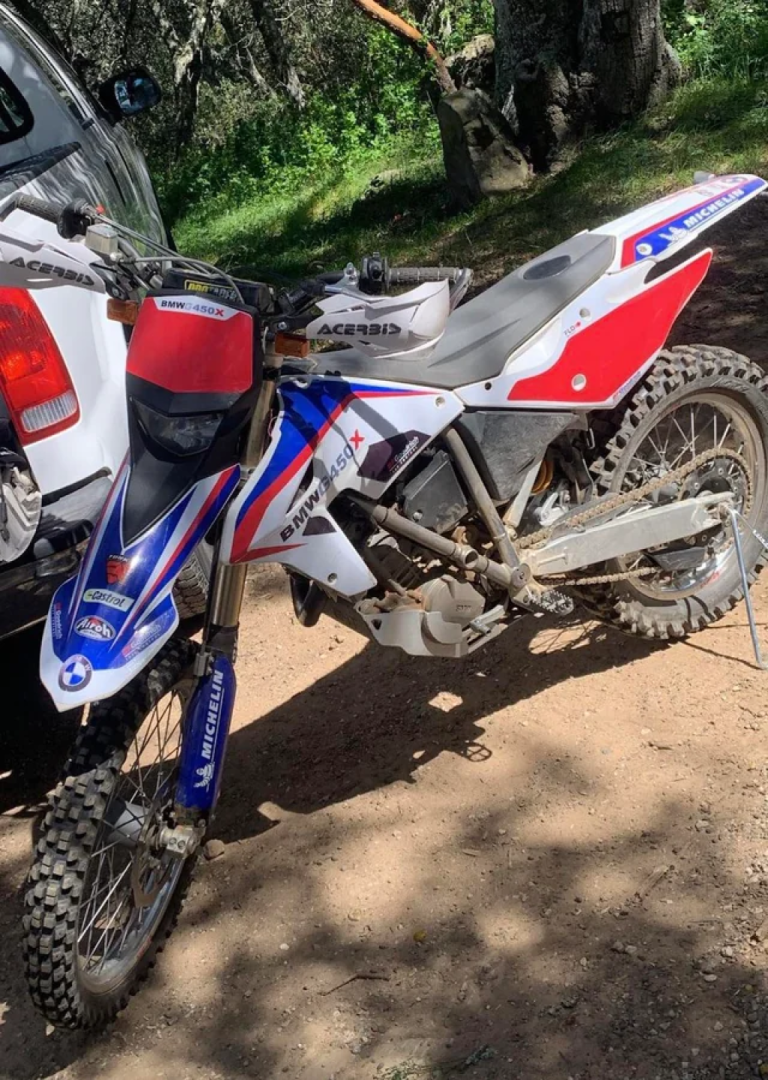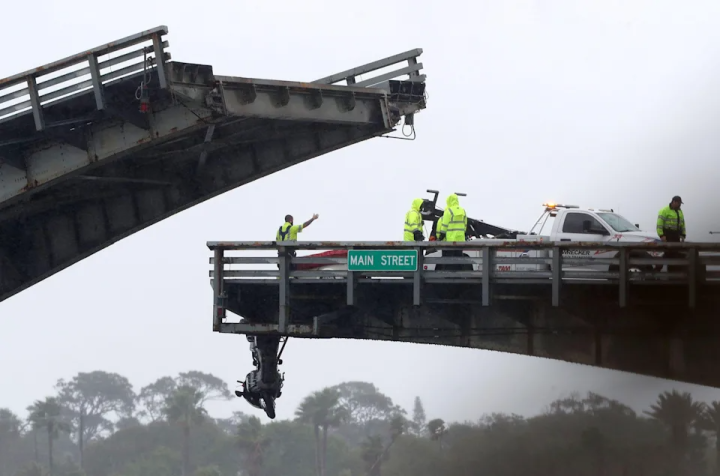On this day, May 16, 1903. Motorcycle history.
George Wyman had already become the first American to circumnavigate the continent of Australia on a bicycle. In 1902, he returned to California as a top-ranked cyclist, pedaling his way to stardom for various Bay Area bicycle clubs. It was during this time that he discovered motorized bicycles. "What the hell?" he muttered, staring down at his oft swollen feet.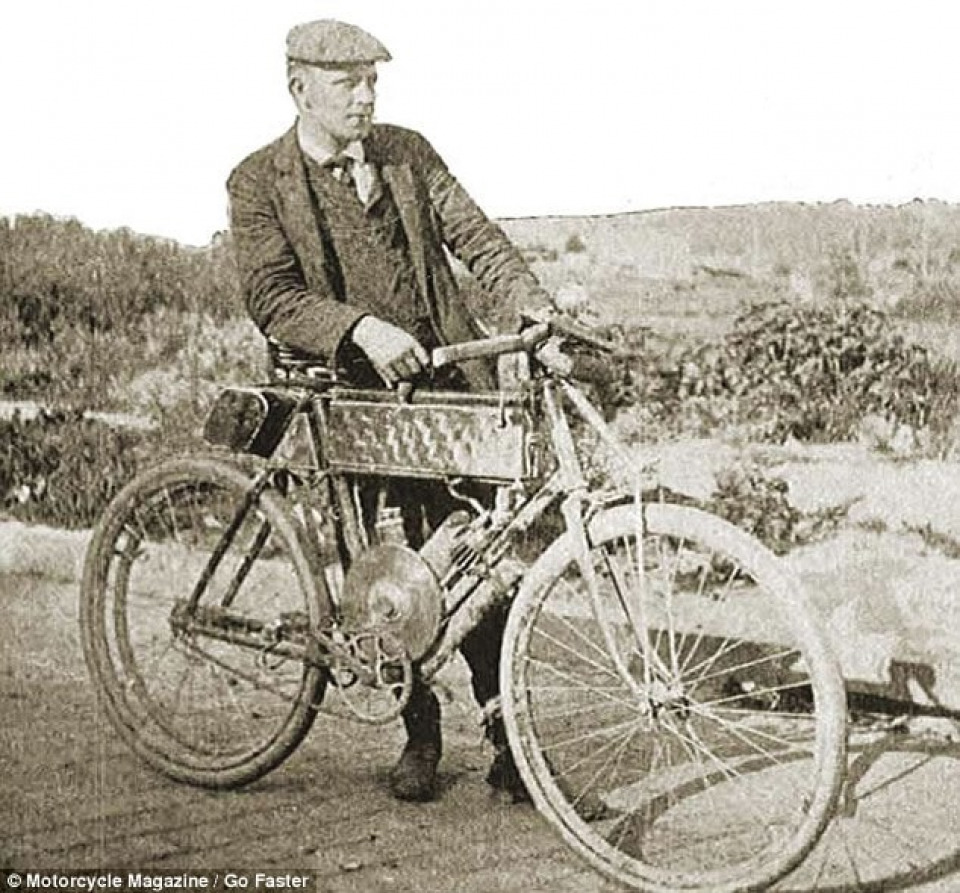
Back at his home in Oakland, while rubbing his feet, an idea came to him...ride a motorized bike across the United States. After a long conversation with a fellow cyclist, George purchased a 1902 California machine for his 3500+ mile journey.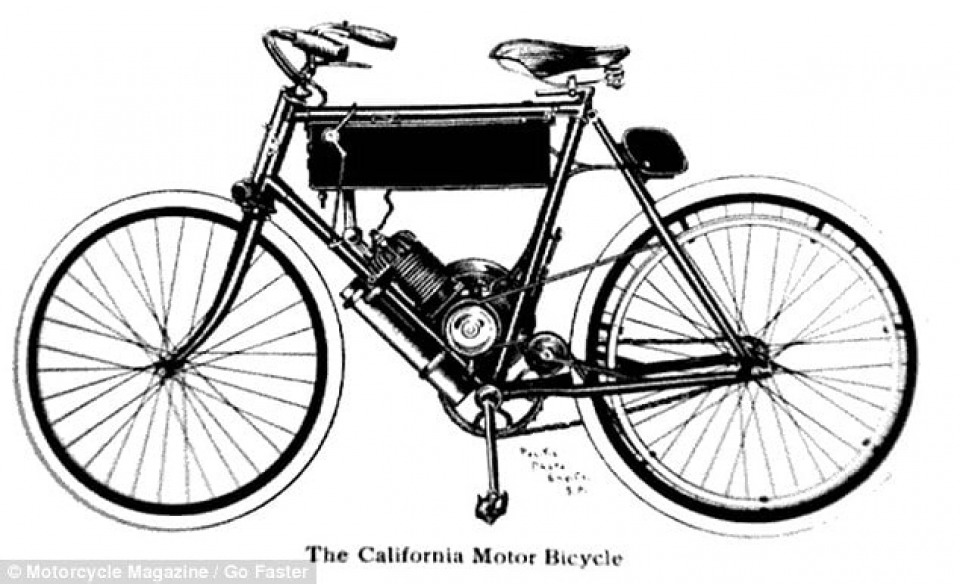
The California had a 200cc, 1.5 hp four-stroke engine bolted to a standard steel bicycle frame. Equipped with 28" x 1.5" tires, wooden rims, a leading-link front suspension fork, a springed seat, a Duck Brake Company front roller brake and an Atherton rear coaster brake. A leather belt-drive with a spring-loaded idler pulley directly connected the engine output shaft to the rear wheel. The California weighed roughly 70–80 pounds (without the rider), and was capable of approximately 25 mph. Keep in mind this 1903, the throttle control was not yet perfected, engine revolutions were mainly controlled by means of a spark timing mechanism. The wick-type carburetor consisted of a metal box with internal baffles stuffed with cotton batting. With no float chamber, the rider had to open the gasoline tap periodically to admit fuel into the carburetor.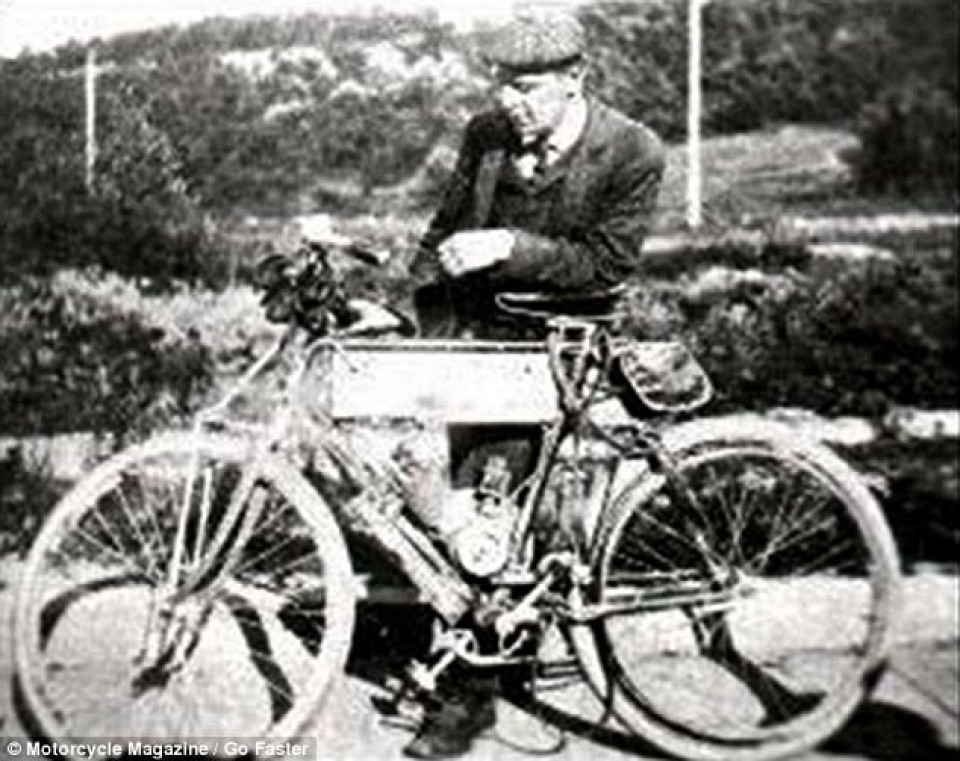
George A.Wyman departs from Lotta's Fountain at the corner of Market and Kearny Street in San Francisco at 2:30 in the afternoon on May 16, 1903. He agreed to keep a diary of his journey for later publication in The Motorcycle magazine, kind of a turn-of-the-century version of Easyriders. Not wanting a lot of excess to weigh him down, George only packed a change of clothing, a water bottle, various small tools, 1 can for spare oil, 1 can for reserve gas, a Kodak Vest Pocket camera, a cyclometer and a .38 Smith & Wesson.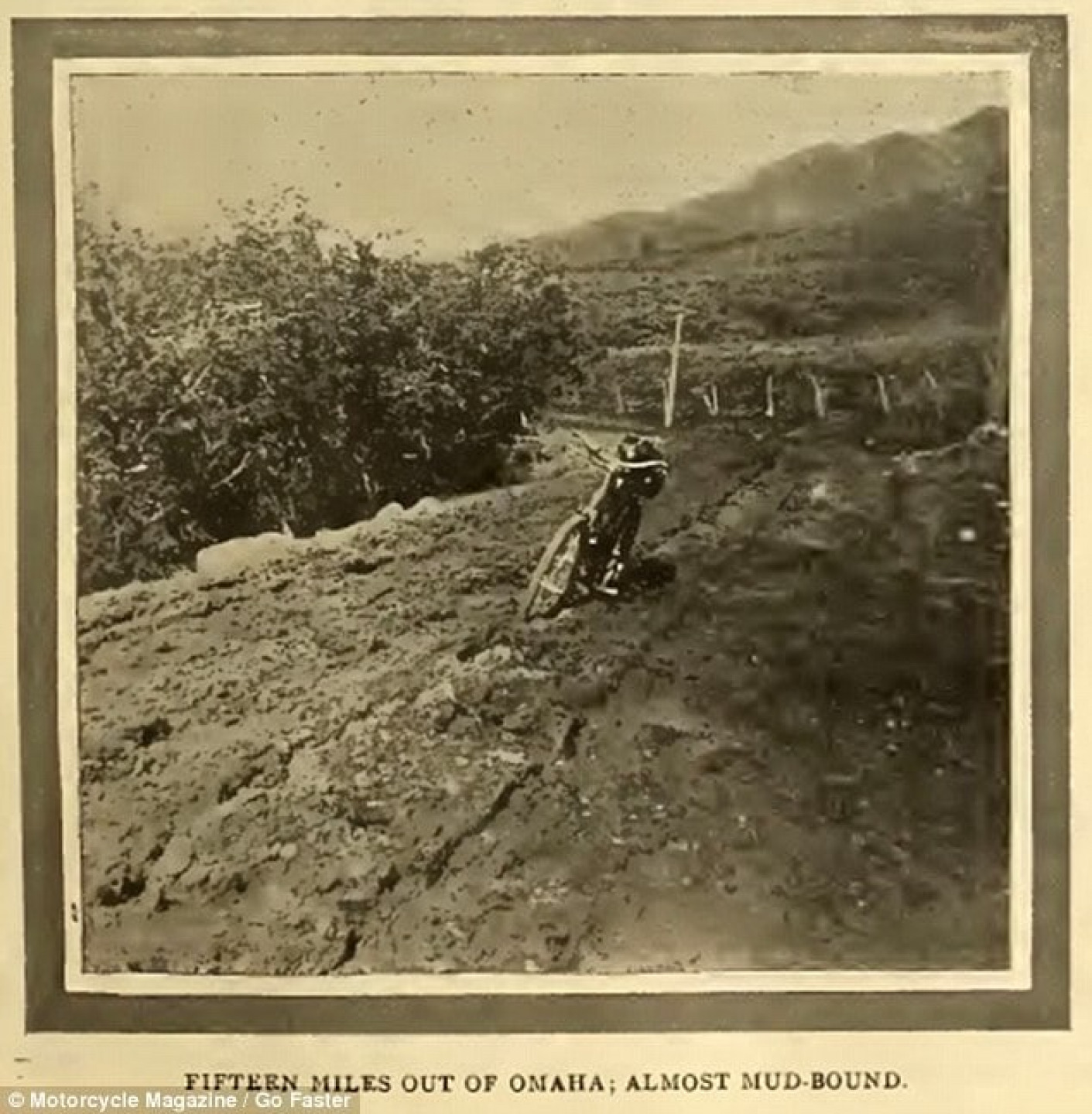
The first leg of his trip took him across the spectacular Sierra Nevada, through the Nevada desert, he drifted across the High Plains, then on through the Corn Belt of the Midwest.
As the dirt trails and wagon tracks of the day were often impassible, George rode the railroad tracks for over half of his journey. During the first part of his trip, he frequently slept in railroad company housing or at hobo camps. The California's engine suffered several breakdowns along the way, forcing Wyman to bring out his "internal MacGyver" to make improvised repairs until he could get to a larger town to obtain new parts. As he neared Aurora, Illinois, the motor's crankshaft snapped, and after pedaling his way to Chicago, was forced to wait there five days for a new crank to arrive by train.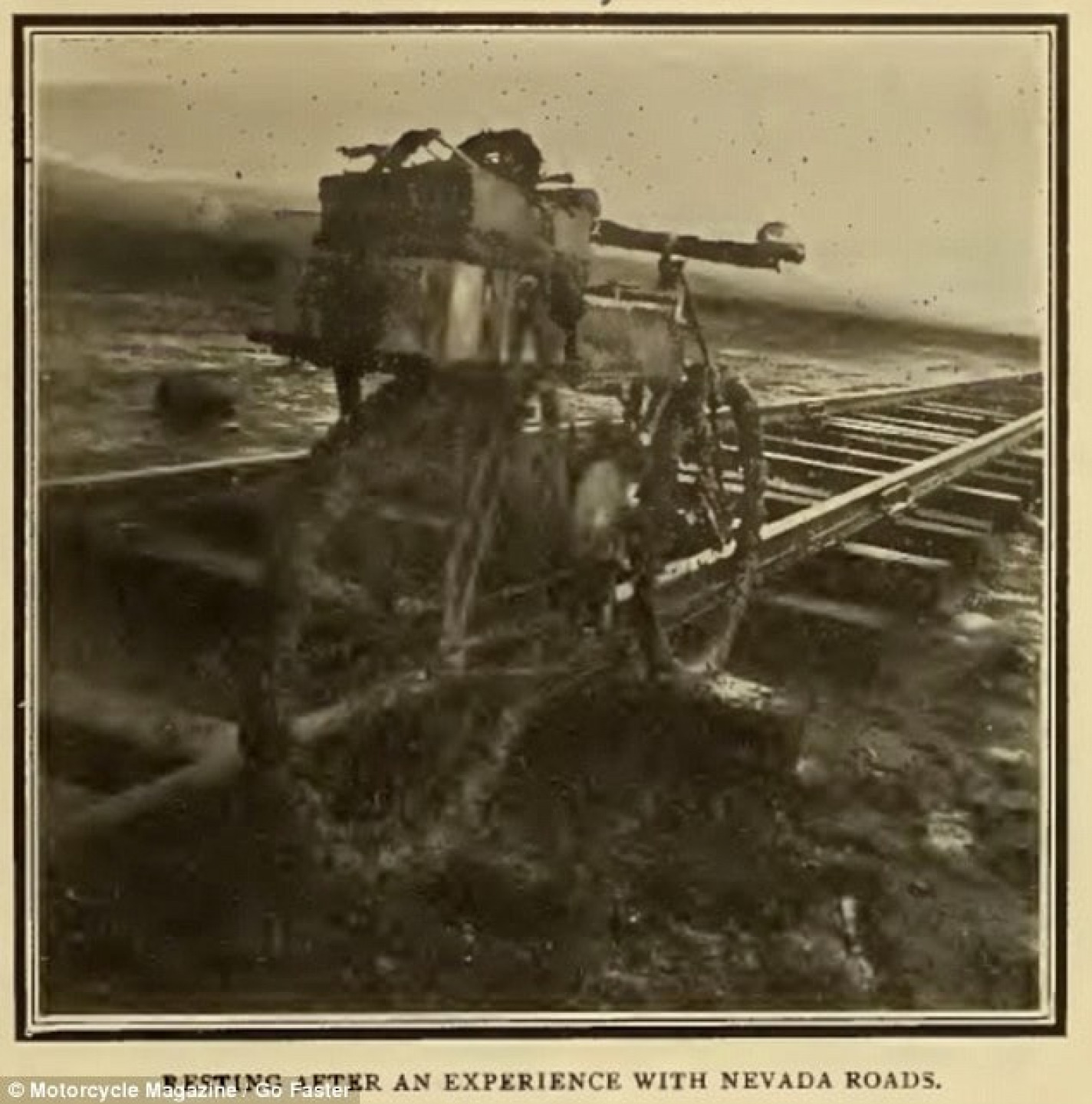
After leaving Chicago, Wyman cruised through Indiana, Ohio, and Pennsylvania before entering New York state. Outside of Albany the bike's engine shit the bed, requiring him to pedal the remaining 150 miles to New York City.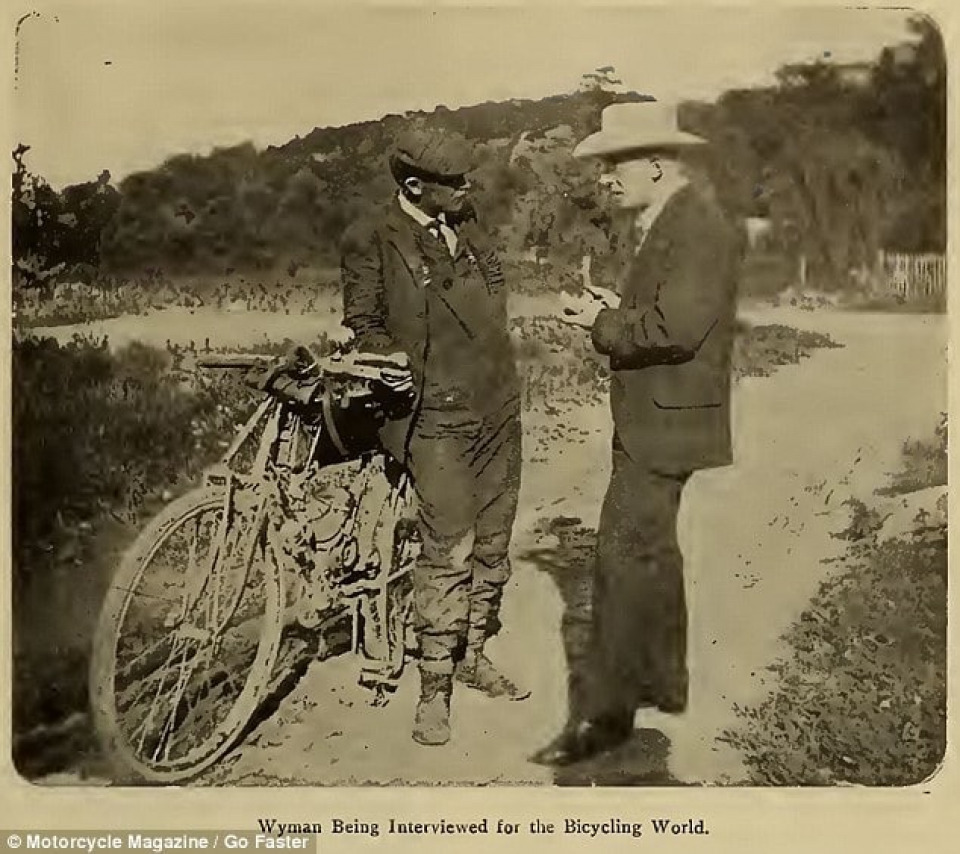
On July 6, 1903, a battered and bandaged George A.Wyman arrived in New York City, completing his transcontinental crossing and becoming the first person to cross the North American continent aboard a motor vehicle. His journey took a total of 51 days to cover some 3,800 miles. Afterwards, Wyman's bike was placed on display at the New York Motorcycle Club while George recovered from his grueling journey with a pint or two at McSorley's.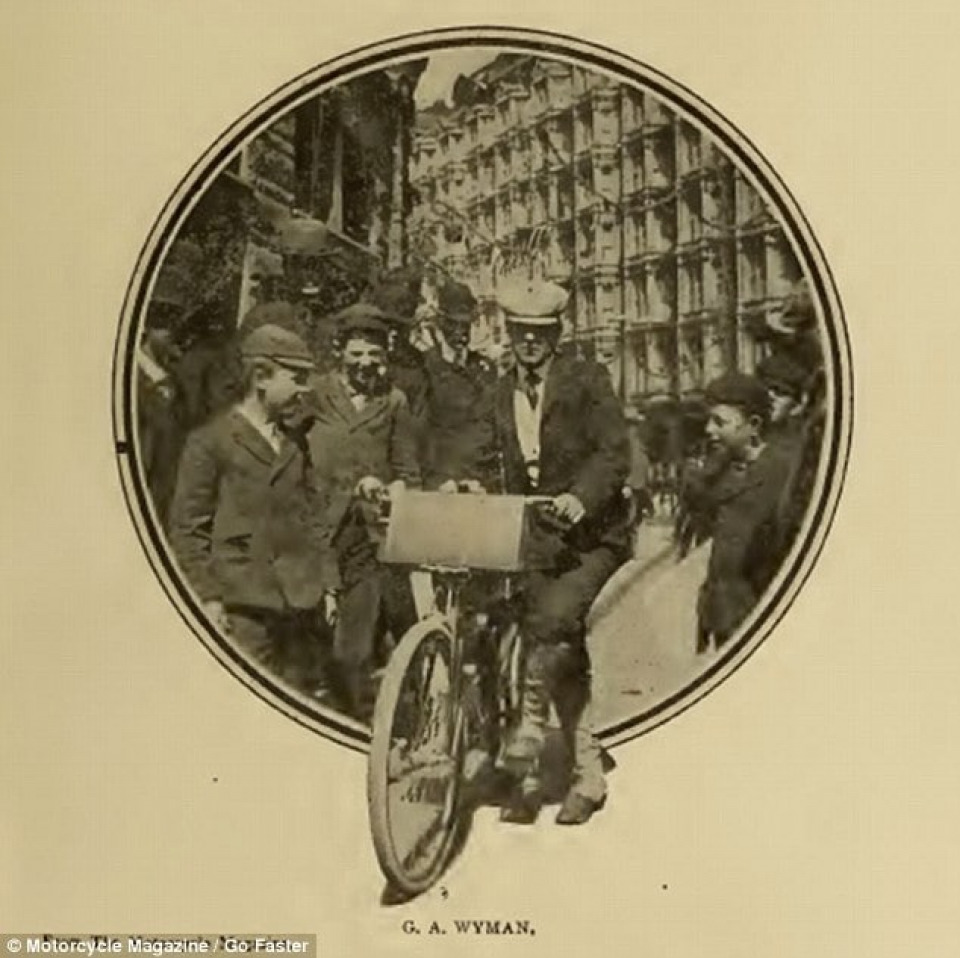
George would later return to San Francisco by train. His bike was put on display in San Francisco at Golden Gate Park for a special exhibition commemorating the trip.
 Follow
6.4K
Follow
6.4K



